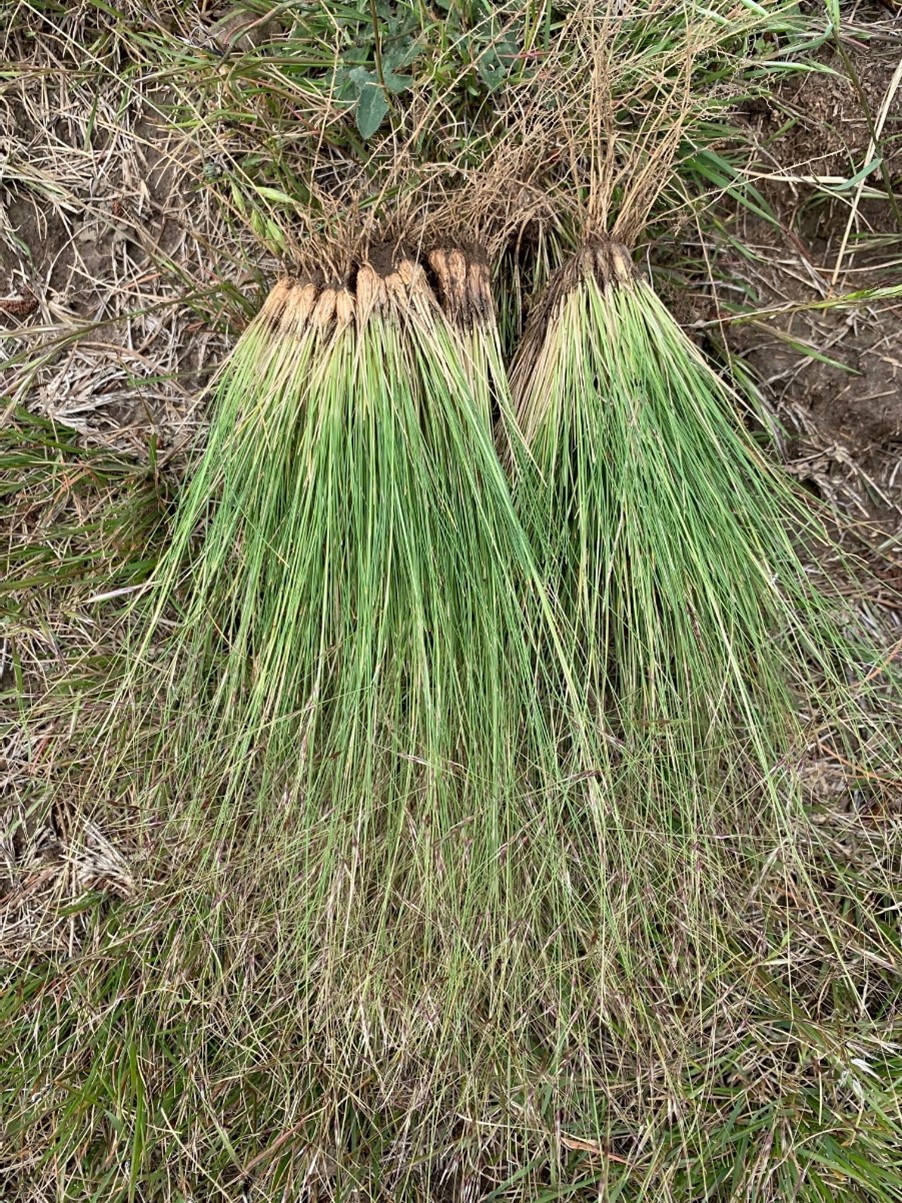-
-
-
-
-
-
-
-
-
-
Nassella tussock
-
-
-
-
-
-
-
-
-
-

Nassella tussock
| Common name: | Nassella tussock |
| Scientific name: | Nassella trichotoma |
| Management programme: | Progressive containment |

Report this pest!
If you have seen or suspect the presence of this pest we need to know. Please report it.
Nassella tussock is a plant that produces many seeds and reduces farmland production by overtaking useful grasses.
It also harms the environment by replacing native species in tussock grasslands. Nassella has poor nutritional value, and stock cannot digest this grass as it can form balls in their stomachs. Over time, nassella tussock forms dense patches and can turn the area into a monoculture of nassella. Each mature plant can produce up to 100,000 seeds annually, and seeds can remain dormant in soil for up to 20 years.
So far, nassella tussock has only been found in the Alexandra, Cardrona, Roxburgh, and Waitaki Valley areas. Duntroon, Kurow and Otematata have been the locations of several new and significant nassella infestations recently, and ORC’s biosecurity team has concerns that there could be a significant number of unknown plants in the area leading to future widespread outbreaks.
- Size: Nassella tussock is a tufted, tussock grass with a swollen stem that can grow up to one metre tall.
- Leaves: It has fine, tightly rolled light green or yellowish-green leaves that feel needle-like and very tough.
- Root system: It has dense white fibrous roots. Roots are deep, matted and clumped together and resemble shallots.
- Flower/seed heads: Nassella tussock has small, oval purple-pink-red seeds that are dispersed by the wind and can travel kilometres in the right conditions.
- Similar Species: It can be hard to tell the difference between nassella tussock and other tussocks, but a good way to test the difference is by running your fingers down the leaves. If the texture is rough, it could be nassella tussock. Closely related plants to nassella that ORC would also like to know about in the Otago region are Chilean Needle Grass (Nassella neesiana) and Mexican Feather Grass (Nassella tenuissima).
- Habitat: Includes north-facing hillsides and free-draining soils.



Nassella cone & seed

Nassella Reddish Flower heads Photo: Graeme Bourdot, AgResearch

Nassella in flower

Nassella Bulbs

Nassella in Seed

Seeding Tussock

Nassella

Nassella

Nassella tussock flower seed heads are drooping and purplish occurring mid-spring to mid-summer









It flowers with purple-pink-red seeds during November–December (late spring to early summer).
In the Otago Regional Pest Management Plan (2019-2029), nassella tussock is in the progressive containment programme. This means that everyone in Otago must eliminate nassella tussock on the land that they occupy.
Nassella tussock is declared an Unwanted Organism in the National Pest Plant Accord (NPPA). Any species declared a pest under the NPPA cannot be sold or be in a place where plants are being sold. Pest plants cannot be propagated, bred, multiplied, communicated, released, caused to be released, or otherwise spread.
Physical control:
For low numbers, the best control method is to grub the plant out, remove soil from the roots and leave the plant to rot.
Chemical control:
For thicker infestations, get in touch with our biosecurity team at biosecurity@orc.govt.nz for advice.

Report this pest!
If you have seen or suspect the presence of this pest we need to know. Please report it.
Progressive Containment
The progressive containment programme aims to stop a pest from spreading and/or contain it to a certain area.
National Pest Plant Accord (NPPA)
Any plant listed on the NPPA is an unwanted organism under the Biosecurity Act 1993. This means they cannot be distributed or sold in New Zealand.
www.orc.govt.nz/nassellatussock

